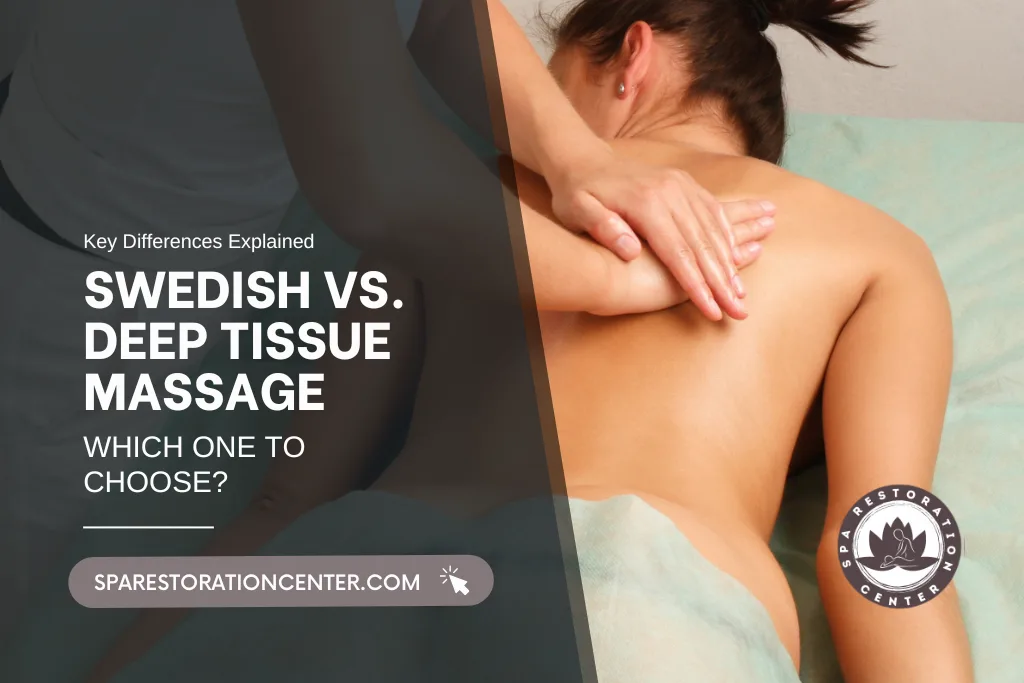
Swedish Massage vs. Deep Tissue: Which One is Right for You?
When it comes to treating oneself to the right kind of massage, most people are faced with the quandary of two classes of massage therapy that are more popular than others: Swedish massage, and also deep tissue.
So, both of these have a lot of advantages, and they are designed to meet different types of requirements.
If you’re to decide between the two, knowing the main differences between Swedish and deep tissue massage can help you make an informed choice about what’s best for your body’s needs.
What is Swedish Massage?
Swedish massage is a true and classic massage technique aimed at relaxation and holistic wellness. It’s usually associated with soft, gliding movements that assist with circulation and promote muscle relaxation.
Swedish Massage Techniques:
- Long, gliding strokes
- Kneading (petrissage)
- Light percussion (tapotement)
- Vibration (shaking movements)
Pressure:
- Moderate to light pressure, with emphasis on relaxation and tension relief.
Benefits of Swedish Massage:
- Reduces muscle tension
- Promotes relaxation
- Improves sleep quality
- Improves blood circulation and the vascular system
- Boosts the immune system
- Relieves stress and anxiety
Who Should Get a Swedish Massage?
Swedish massage is recommended for beginners to massage therapy, or relaxation, or those with chronic muscle pain and tension. It is also good for those that require a nice relaxing massage after a hectic day or long week.
What is Deep Tissue Massage?
You want something more intense Deep tissue massage is for you, all for the treatment of your deeper muscle tissue and connective tissue. This massage type helps to relieve chronic pains, muscle knots and sports injuries. It also employs firm pressure and slower strokes to access tight, stiff muscles and patient scar tissue.
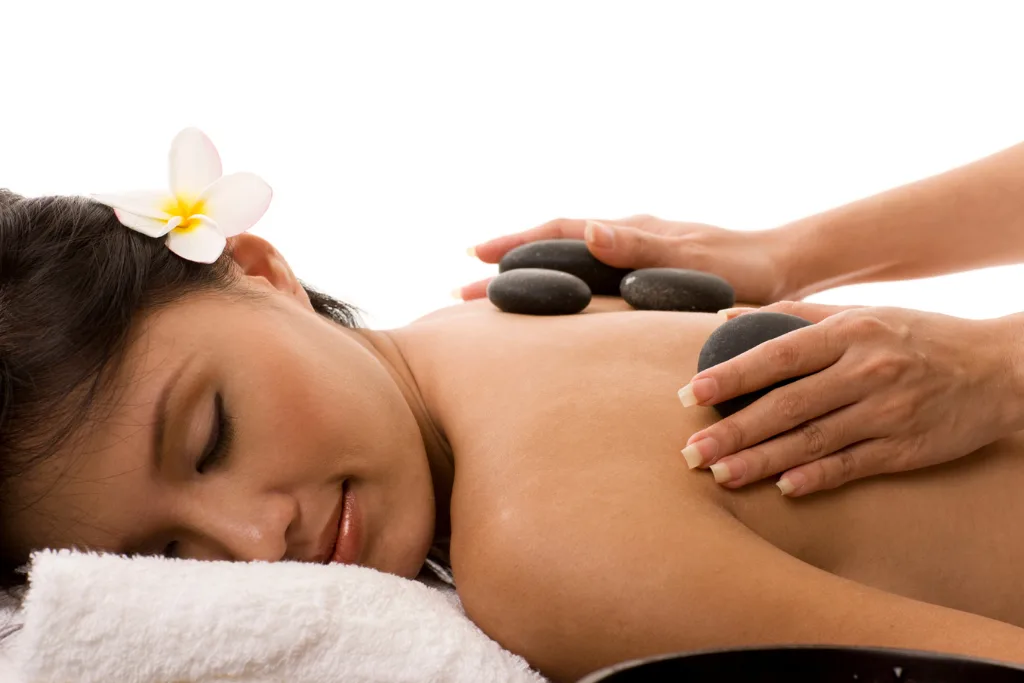
Deep Tissue Massage Techniques:
- Slow, firm strokes
- Trigger point therapy
- Discomfort or pain in a specific body region.
Pressure:
- Deep, powerful pressure that addresses muscle groups and pain points.
Benefits of Deep Tissue Massage:
- Relieves chronic pain
- Breaks down scar tissue
- Reduces muscle knots
- Improves range of motion
- Improves posture by releasing tight muscles and fascia
- Relieves tension deep in the muscles and connective tissue
Who Should Get a Deep Tissue Massage?
Deep tissue massage is more appropriate for those with chronic pain, sports injuries, postural imbalances, or muscle knots. Deep tissue techniques are great for any existing tissue damage or scar tissue from old injuries.
Swedish Massage vs. Deep Tissue Massage: Key Differences
Pressure
The difference most immediately noticeable between Swedish and deep tissue massage is the kind of pressure presented. Swedish massage applies moderate to light pressure to relax your body, while deep tissue massage uses firm pressure to separate tight tissue and release knots of deep muscle tension.
Focus
- Swedish massage is geared towards relaxation, stress relief, and overall muscle soreness.
- Deep tissue massage works on specific pain points, muscle knots, and deeper layers of muscle and tissue.
Techniques
- In Swedish massage, long strokes, kneading, and gentle percussion decrease general rigor.
- Deep tissue massage uses more intense methods like trigger point therapy to break up scar tissue and release deep muscle tension.
Benefits
- Best for: General relaxation, improved circulation, and stress reduction; Swedish.
- Deep tissue massage works best for chronic pain, injuries, and rigidity due to overuse or bad posture.
How to Pick the Right Massage for You
Which massage is best for you depends on your specific needs. Here are some things to think about when choosing between Swedish massage and deep tissue massage:
Your Pain Level
If you’re seeking relief from chronic pain, muscle knots or recovery from an injury, deep tissue massage may be advisable. If, however, you just want to unwind and release general tension, you should go for a Swedish one.
Desired Level of Relaxation
Swedish massage is for newbies (or those of us who just want a nice nice nice relaxing massage) and will promote relaxation and reduce stress. But, if you’re looking for a more targeted release of muscle tension, deep tissue massage brings focus to individualized areas of soreness.
Muscle Condition
Deep tissue massage is most effective for injuries, muscle knots, and similar conditions, like fibromyalgia in that it kneads muscles at the deeper levels of muscle tissue. Swedish massage is better if you just have general muscle soreness or just need to relax.
Tolerance to Pressure
Swedish massage would be better if you want light pressure. But if you’re ok with deep pressure and have chronic muscle tension you want to address, deep tissue massage might be exactly what you need.
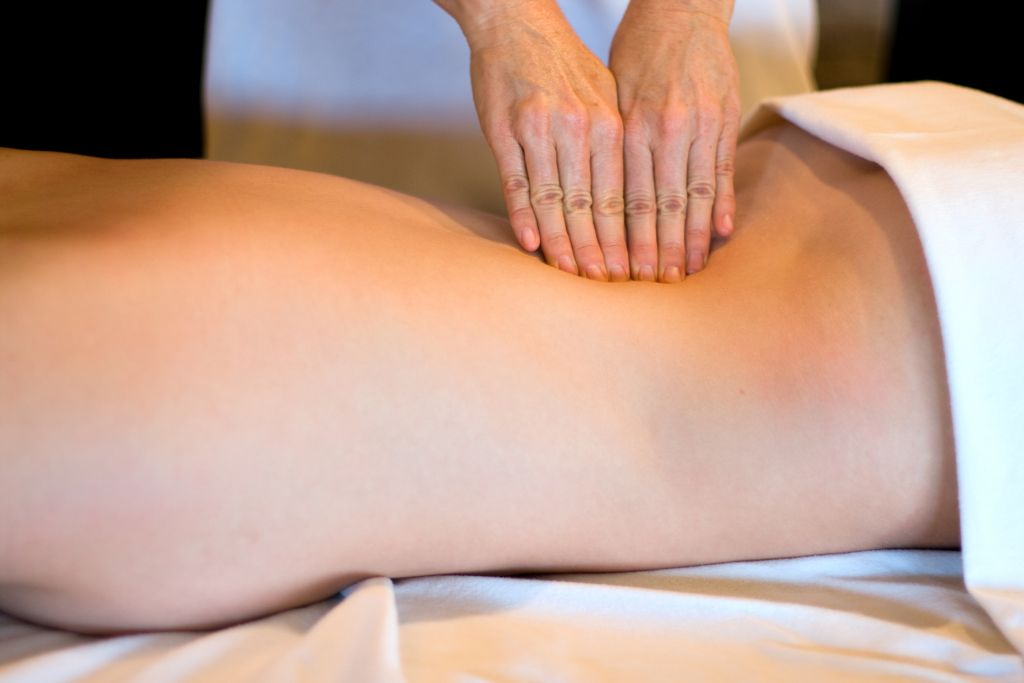
FAQ: Deep Tissue and Swedish Massage
Q. Which massage is better for relaxation?
If your focus is on relaxation, Swedish massage is the one for you. Its purpose is stress relief, circulation, and calming the entire body and mind through gentle, soothing strokes.
Q. Does deep tissue massage help with chronic pain?
Yes, deep tissue massage is particularly beneficial for those with reflective pain such as neck, shoulders, and lower back. It is designed to break up scar tissue and muscle knots, enabling movement and loosening stubborn pain.
Q. Is deep tissue massage more painful than Swedish massage?
Yes, deep tissue massage is generally more intense, as it applies firm pressure to reach deeper layers of muscle and tissue. Some people may find it uncomfortable, especially if they have tight muscles or muscle knots. However, it should never be painful—if it feels too intense, let your massage therapist know.
Q. Is a Swedish massage good for muscle soreness?
Swedish massage is an excellent form of massage for general muscle soreness and release of tension. It stimulates blood flow and is good for the relaxation of excessive muscle use, which makes it also a great choice for those onboard seeking relief from minor muscle soreness or stress.
Q. I have an injury. Am I able to receive an injury Swedish or deep tissue massage?
Deep tissue massage may be useful for sports injuries or damage to muscle tissue as this works on specific muscle groups and can help reduce scar tissue and tightness. If you’re healing from a mild injury, Swedish massage can further support general relaxation and stress relief. But if the injury is severe, consult a health provider before seeking either form of massage.
Q. Do I need to speak with a massage therapist before receiving a Swedish or deep tissue massage?
Yes, it can be helpful to discuss with your massage therapist what your goals are and any areas of discomfort or tension you may be experiencing. This makes certain that they apply the proper massage techniques and pressure based on your needs, whether you are receiving a relaxing Swedish massage or a more intense deep tissue massage.
Conclusion
Swedish and deep tissue massage service both offer superb benefits, but they are effective at different things. For relaxation and general muscle tension, a Swedish massage is your go-to.
But if it’s chronic pain, muscle knots, or specific injuries that you’re on for, deep tissue massage is probably the better option. Ultimately, the best massage for you really comes down to your comfort level, muscle tension, and pain intensity.
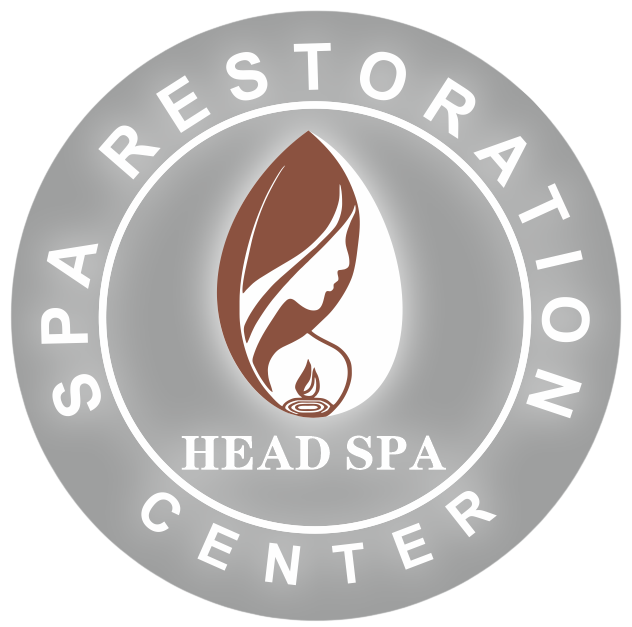
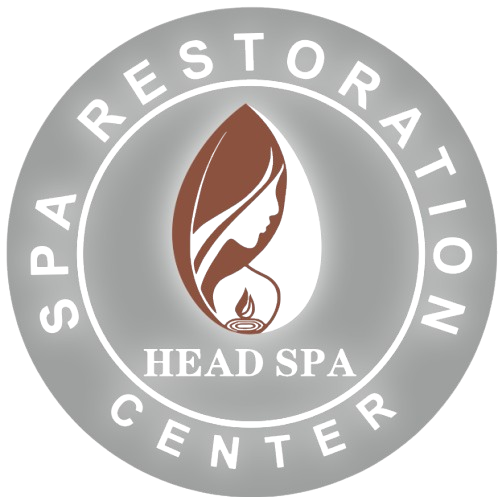
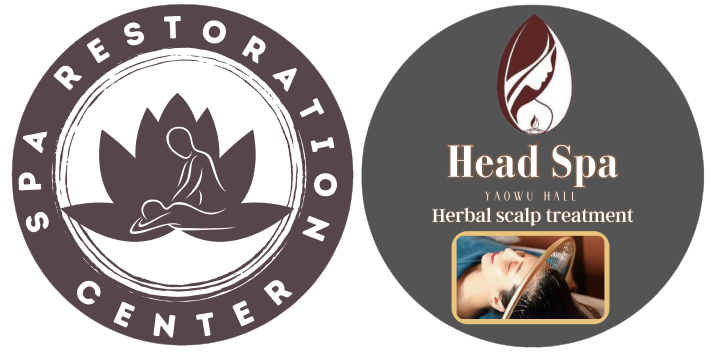
Leave a comment